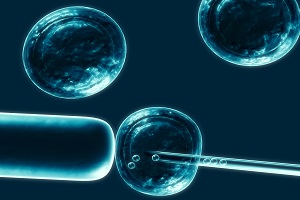Now you can give new life to the spermatozoa, restoring the switch in male fertility. Researchers of the University of Qatar and Cardiff have reactivated the function of PLC-zeta protein found in sperm. Mutations in this protein can undermine the functioning of the male gametes and cause infertility. Injecting an additional dose fertilized ovum, however, it would be possible to work around this problem. The discovery could open new avenues in terms of diagnosis and treatment of some forms of male infertility.
other tests will be needed, but the study could soon find application in the clinical setting. It would be a valuable support to the current in vitro fertilization techniques. It would help in restoring the egg activation, at least in cases where the failure is due to the shortage of PLC-zeta. One way to give new hope to many couples who can not have children.
How exactly does the new technique? When the sperm penetrates the ovum, it injects an enzyme that causes the fluctuations in the amount of calcium. At this stage there is a woodpecker every two minutes and in two hours the process starts the egg development. The study shows that the PLC-zeta mutation blocks the oscillations of calcium levels. For this reason the activation remains outstanding and fertilization fails.
The next step is to see if the egg contains receptors that bind to PLC-zeta. If so, they may also be involved in fertilization failure. So they would be able to explain some cases of female infertility incomprehensible today.
Source: ansa.it



